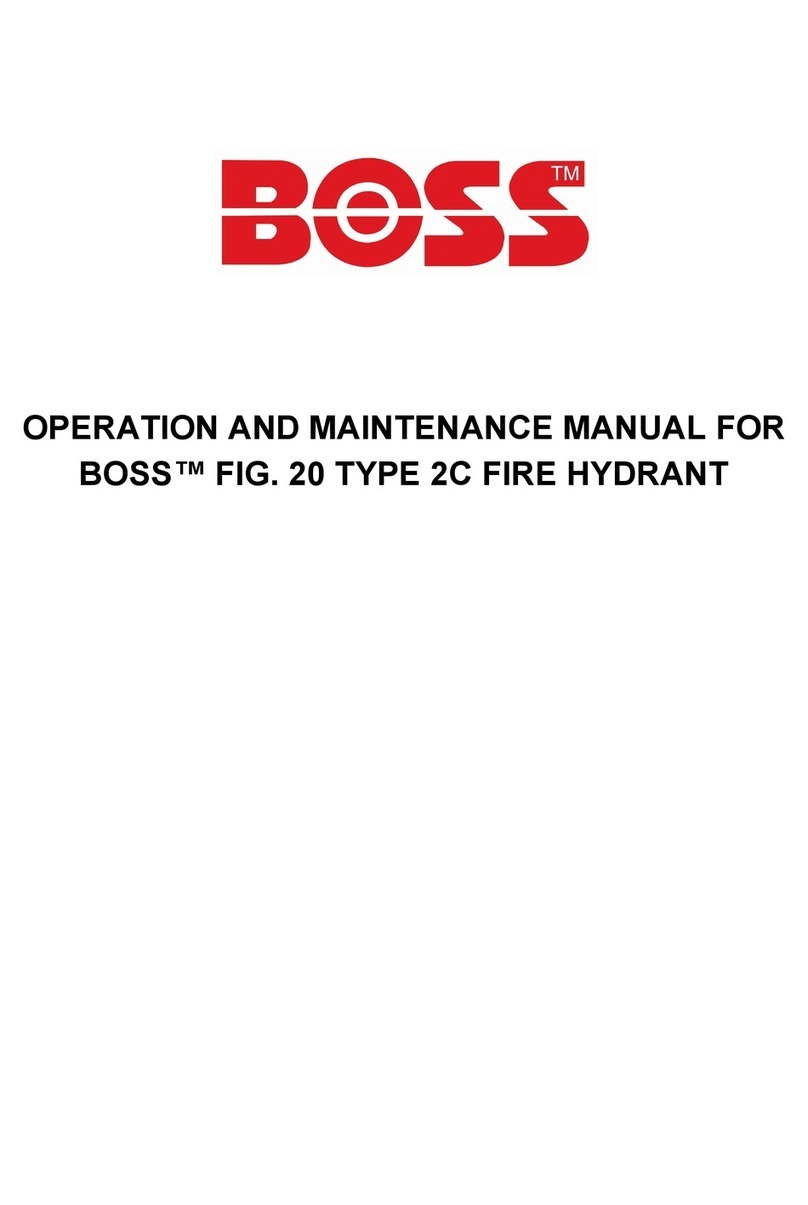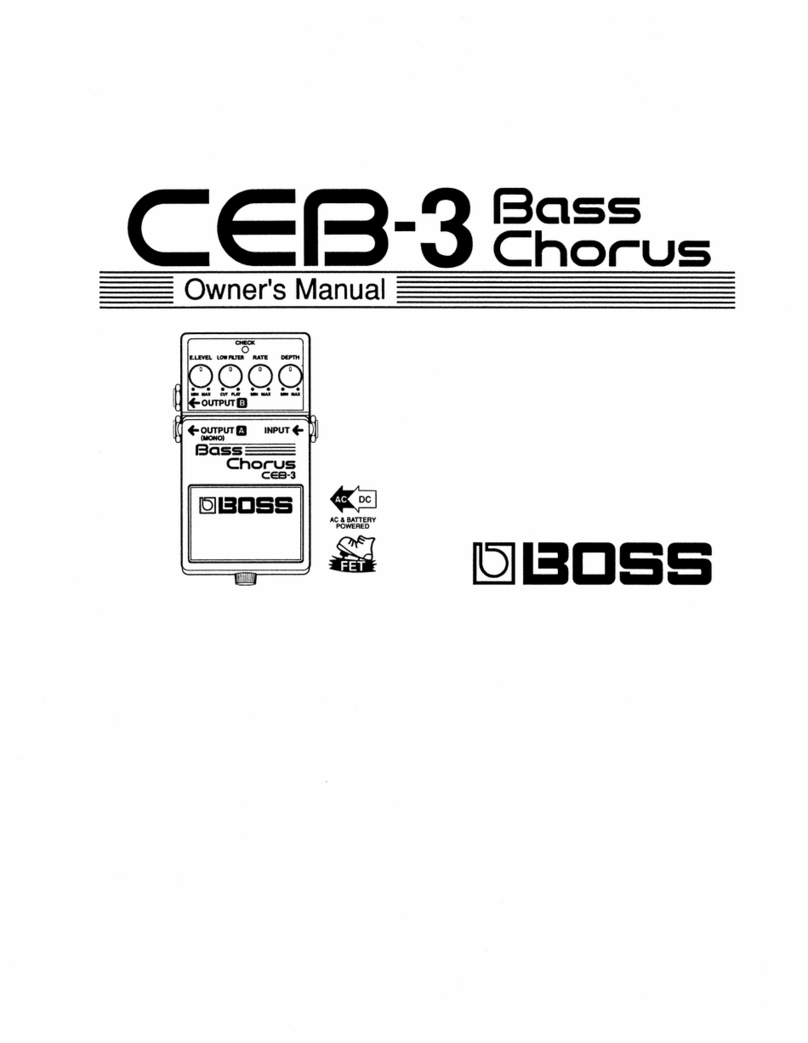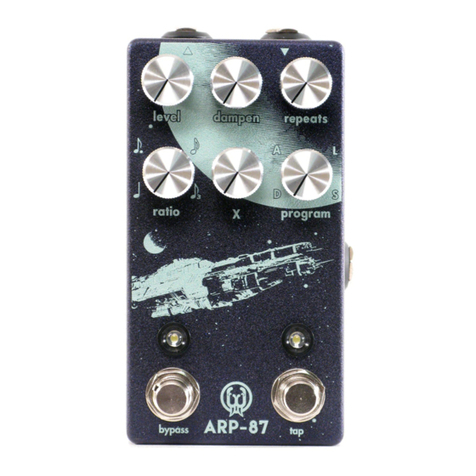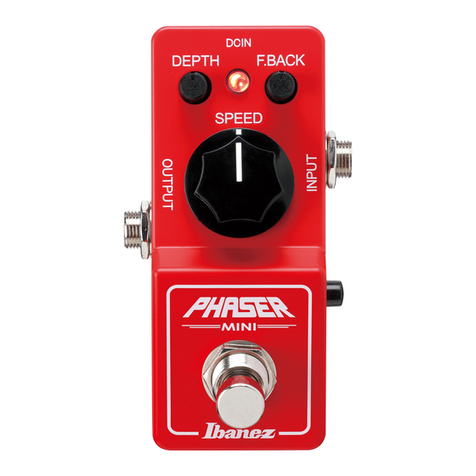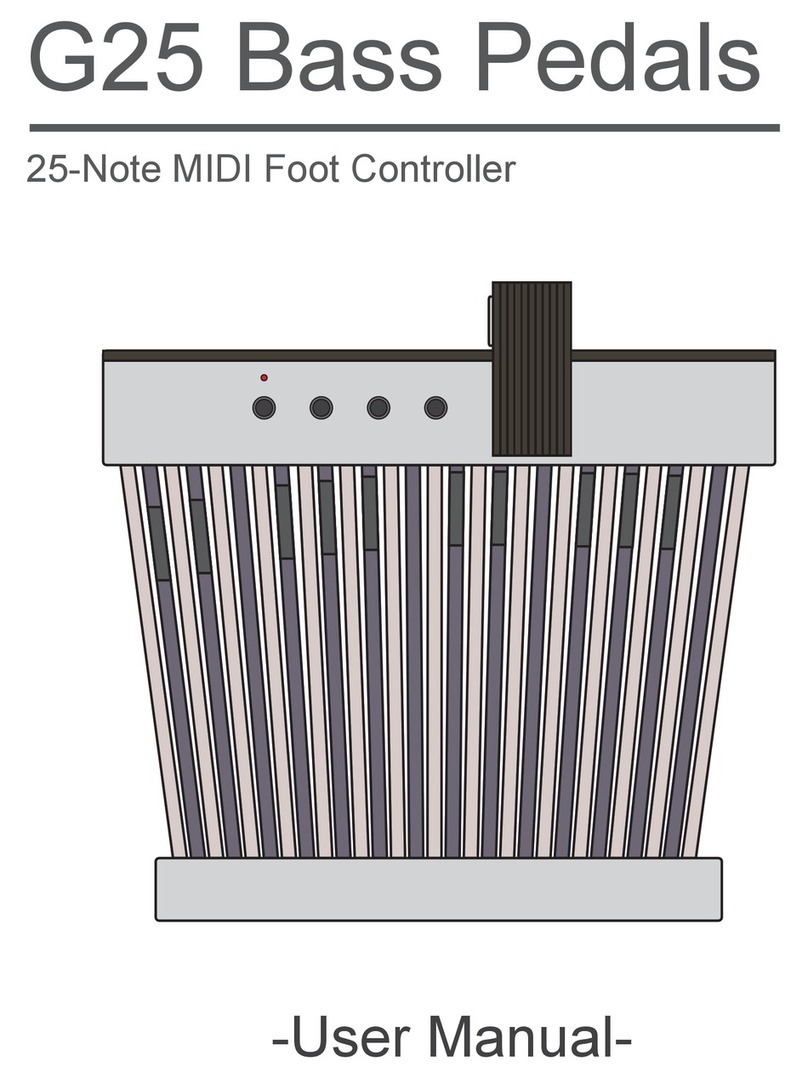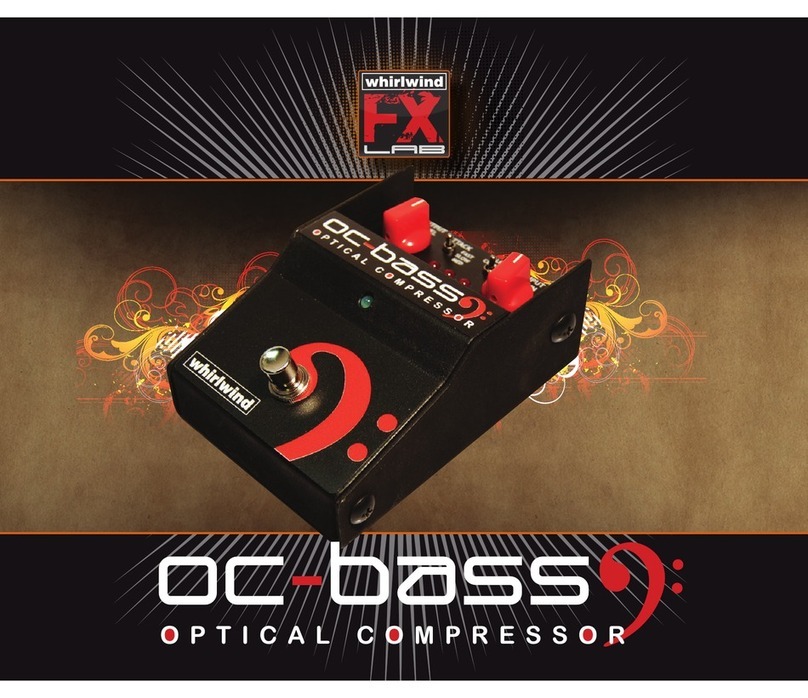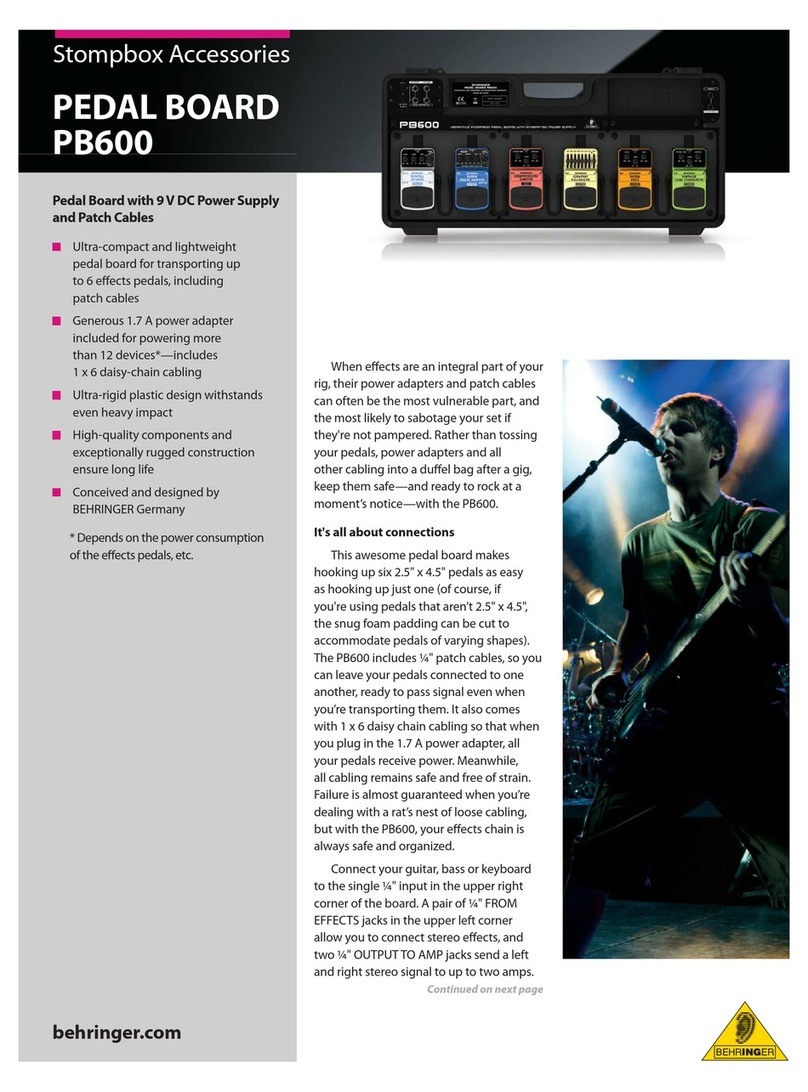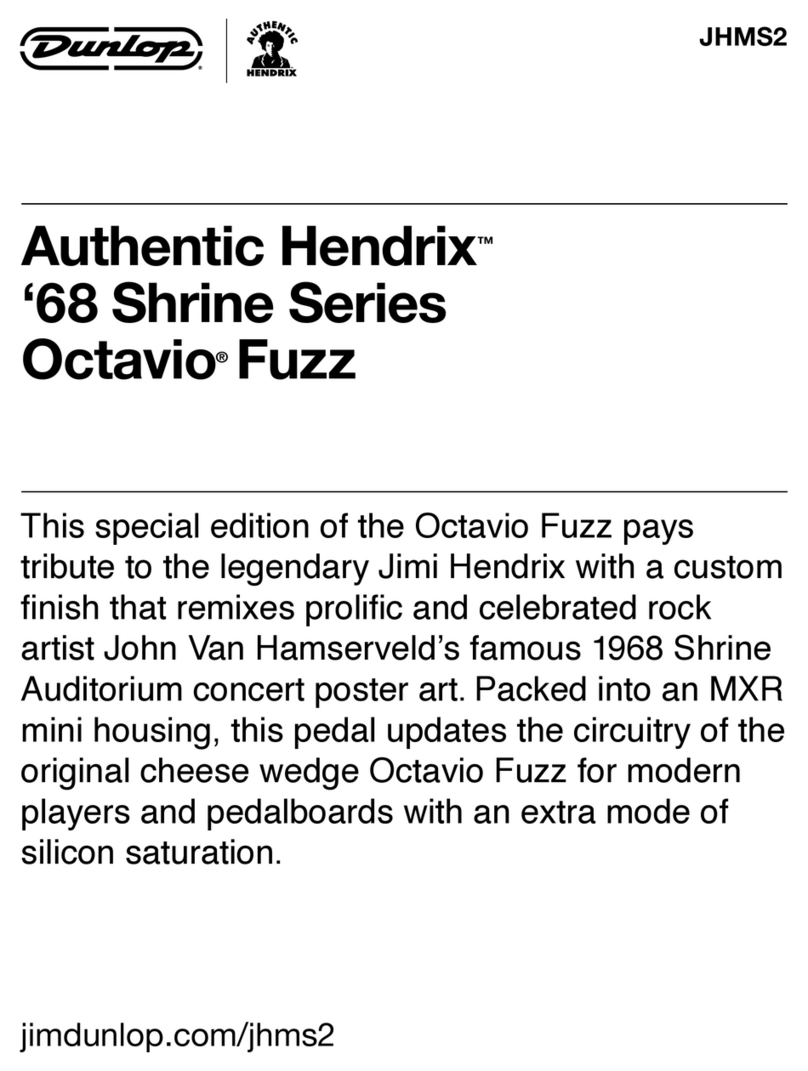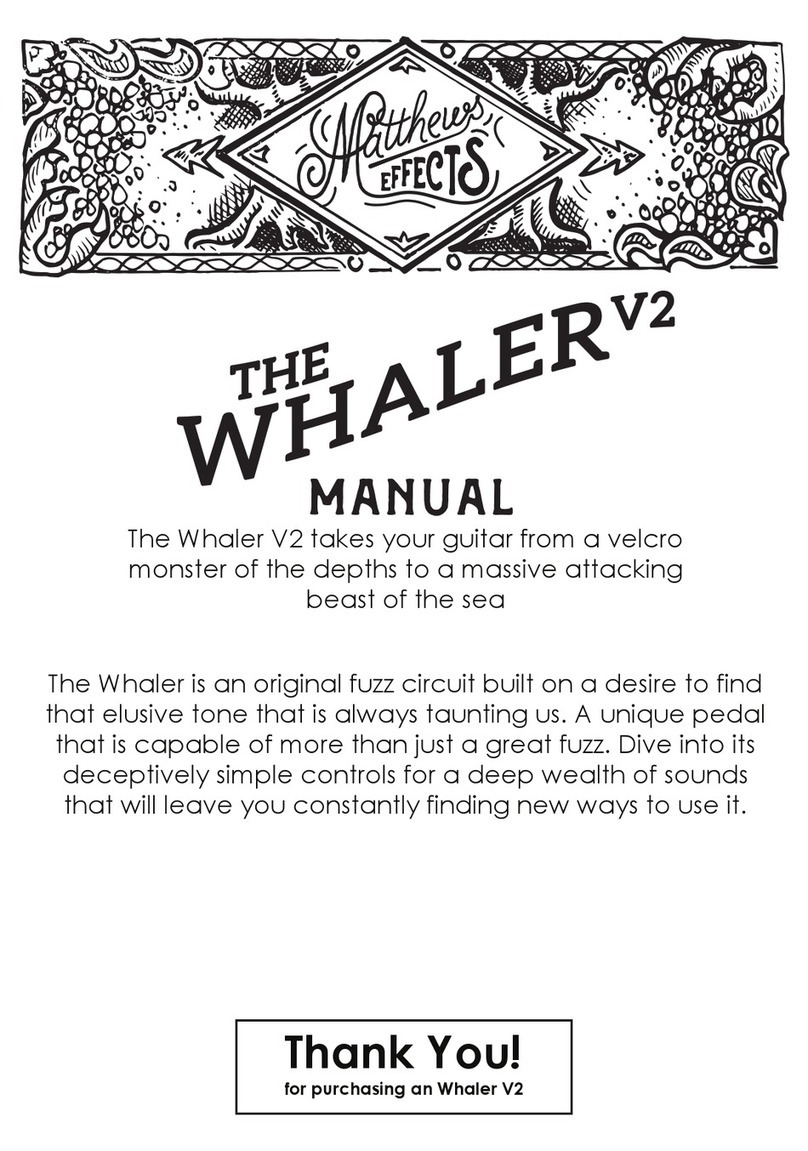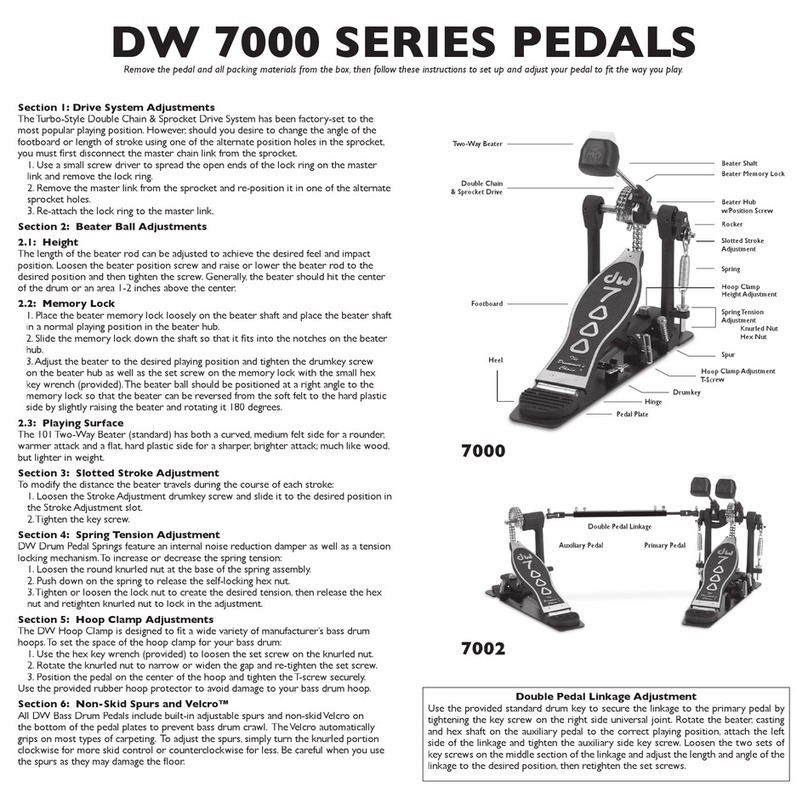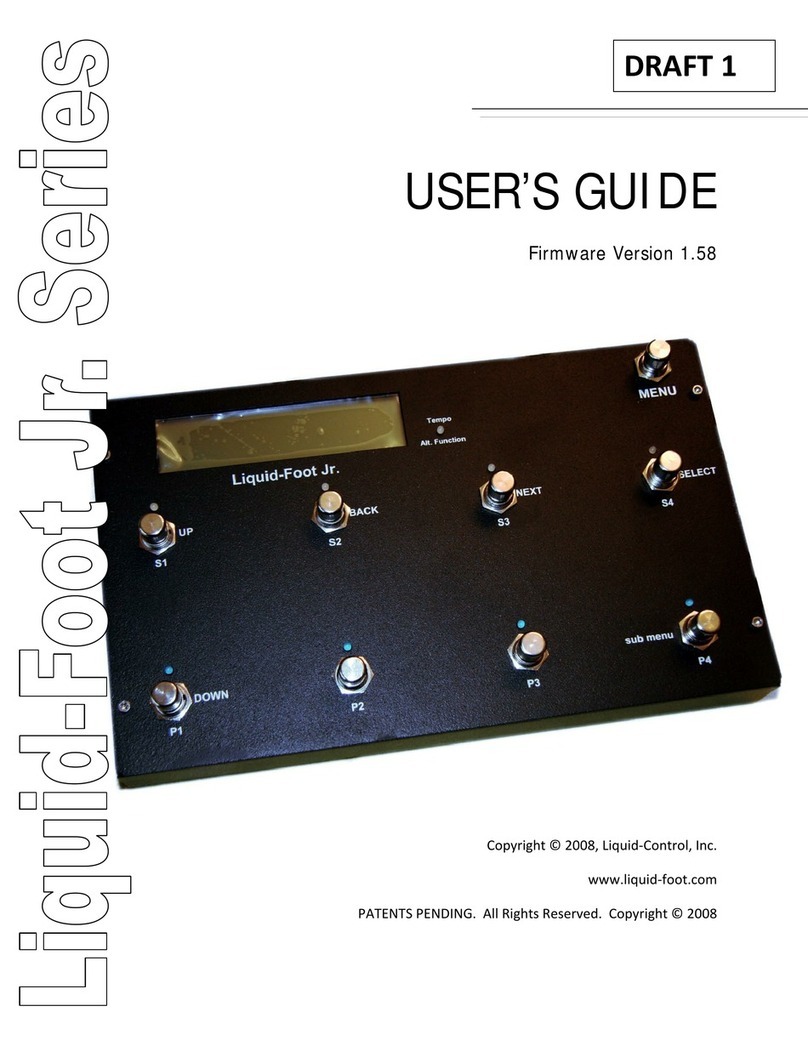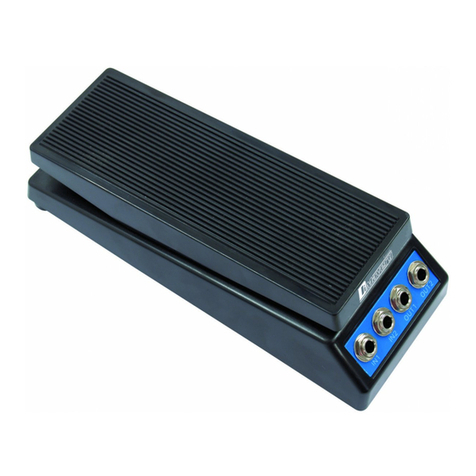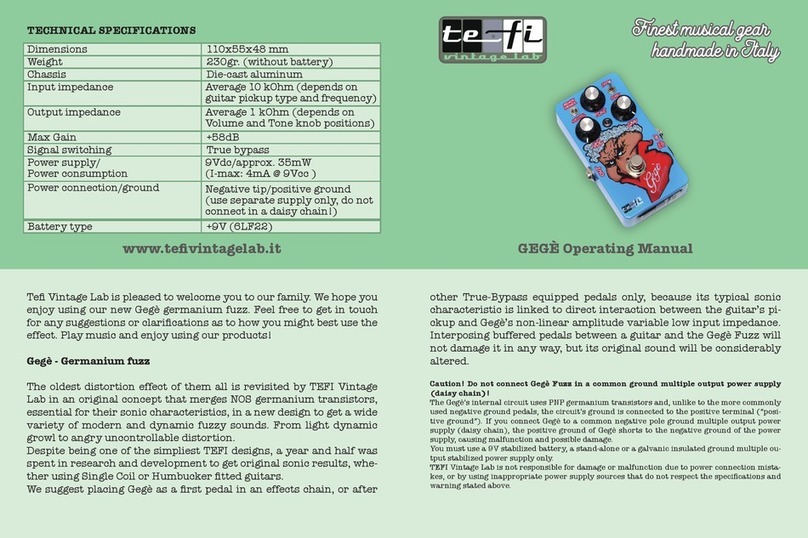BOSSCO ES-5 User manual

Owner’s Manual
Before using this unit, carefully read “USING THE UNIT SAFELY” and “IMPORTANT NOTES” (leaet “USING THE UNIT SAFELY” and Owner’s Manual (p.
21)). After reading, keep the document(s) including those sections where it will be available for immediate reference.
Copyright © 2016 ROLAND CORPORATION
Contents
Panel Descriptions. . . . . . . . . . . . . . . . . . . . . . . . . . . . . . . . . . . . . . . . 2
Rear Panel (Connecting Your Equipment) . . . . . . . . . . . . . . . . . . . 2
Top Panel. . . . . . . . . . . . . . . . . . . . . . . . . . . . . . . . . . . . . . . . . . . . . . . 4
Attaching the Rubber Feet. . . . . . . . . . . . . . . . . . . . . . . . . . . . . . . . 5
Turning the Power On and O . . . . . . . . . . . . . . . . . . . . . . . . . . . . 5
Switching the Play Screen . . . . . . . . . . . . . . . . . . . . . . . . . . . . . . . . 5
Saving/Recalling a Combination of Eect Units
(Memory Mode) . . . . . . . . . . . . . . . . . . . . . . . . . . . . . . . . . . . . . . . . . . 6
Patch Structure. . . . . . . . . . . . . . . . . . . . . . . . . . . . . . . . . . . . . . . . . . 6
Switching Between Memory and Manual Modes . . . . . . . . . . . . 6
Saving a Patch (Patch Write) . . . . . . . . . . . . . . . . . . . . . . . . . . . . . . 6
Recalling a Patch (Patch Change) . . . . . . . . . . . . . . . . . . . . . . . . . . 6
Creating a Patch . . . . . . . . . . . . . . . . . . . . . . . . . . . . . . . . . . . . . . . . . . 7
Block Diagram . . . . . . . . . . . . . . . . . . . . . . . . . . . . . . . . . . . . . . . . . . 7
Tips for Creating Patches (Sounds) . . . . . . . . . . . . . . . . . . . . . . . . . 7
Changing the Eect Loop Settings. . . . . . . . . . . . . . . . . . . . . . . . . 8
Changing the Eect Loop Connection Order. . . . . . . . . . . 8
Making a Parallel Connection . . . . . . . . . . . . . . . . . . . . . . . . 8
Specifying Carryover . . . . . . . . . . . . . . . . . . . . . . . . . . . . . . . 8
Editing the Settings of a Patch (Memory Edit Mode) . . . . . . . . . 9
Basic Operation . . . . . . . . . . . . . . . . . . . . . . . . . . . . . . . . . . . . 9
Parameter List . . . . . . . . . . . . . . . . . . . . . . . . . . . . . . . . . . . . . 9
Making Global Settings (System Setting) . . . . . . . . . . . . . . . . . 12
List of Parameters . . . . . . . . . . . . . . . . . . . . . . . . . . . . . . . . . . . . . . . 12
Patch/Data Operations (Utility) . . . . . . . . . . . . . . . . . . . . . . . . . . . 13
Copying a Patch (Patch Copy) . . . . . . . . . . . . . . . . . . . . . . . . . . . . . 13
Exchanging Patches (Patch Exchange). . . . . . . . . . . . . . . . . . . . . . 13
Initializing a Patch (Patch Init) . . . . . . . . . . . . . . . . . . . . . . . . . . . . . 13
Copying a Bank (Bank Copy) . . . . . . . . . . . . . . . . . . . . . . . . . . . . . . 13
Exchanging Banks (Bank Exchange). . . . . . . . . . . . . . . . . . . . . . . . 13
Copying a Group (Group Copy). . . . . . . . . . . . . . . . . . . . . . . . . . . . 13
Exchanging Groups (Group Exchange) . . . . . . . . . . . . . . . . . . . . . 13
Transmitting Data to an External MIDI Device (Bulk Dump) . . . 13
Restoring the Factory Settings (Factory Reset). . . . . . . . . . . . . . . 14
Advanced Applications . . . . . . . . . . . . . . . . . . . . . . . . . . . . . . . . . . . 15
Adjusting the Level of Each Patch. . . . . . . . . . . . . . . . . . . . . . . . . . 15
Switching the Amp’s Channels . . . . . . . . . . . . . . . . . . . . . . . . . . . . 15
Changing the BOSS DD-7’s Delay Time for Each Patch . . . . . . . . 16
Using the External Footswitch (BOSS FS-7’s B Switch) to Turn
Delay On/O. . . . . . . . . . . . . . . . . . . . . . . . . . . . . . . . . . . . . . . . . . . . 16
Using the External Footswitch (BOSS FS-7’s A Switch) to
Change the Delay Time. . . . . . . . . . . . . . . . . . . . . . . . . . . . . . . . . . . 17
Applying Phaser Only While the Currently Selected Number
Switch Is Held Down . . . . . . . . . . . . . . . . . . . . . . . . . . . . . . . . . . . . . 18
Switching a MIDI-Equipped Eect Unit’s Memory When a
Patch Is Changed . . . . . . . . . . . . . . . . . . . . . . . . . . . . . . . . . . . . . . . . 18
Using the Expression Pedal to Control a MIDI-Equipped Eect
Unit. . . . . . . . . . . . . . . . . . . . . . . . . . . . . . . . . . . . . . . . . . . . . . . . . . . . 19
Connecting a Wah or Fuzz (Input Buer O ) . . . . . . . . . . . . . . . . 19
Appendix . . . . . . . . . . . . . . . . . . . . . . . . . . . . . . . . . . . . . . . . . . . . . . . . . 20
Troubleshooting . . . . . . . . . . . . . . . . . . . . . . . . . . . . . . . . . . . . . . . . 20
Error Messages . . . . . . . . . . . . . . . . . . . . . . . . . . . . . . . . . . . . . . . . . . 20
Main Specications . . . . . . . . . . . . . . . . . . . . . . . . . . . . . . . . . . . . . . 21
USING THE UNIT SAFELY . . . . . . . . . . . . . . . . . . . . . . . . . . . . . . . . . . 21
IMPORTANT NOTES . . . . . . . . . . . . . . . . . . . . . . . . . . . . . . . . . . . . . . . 21
Main features
The ES-5 is a switching system that lets you connect eect pedals
and other eect units, and then store and recall up to 200 dierent
combinations of them.
It also provides a wide variety of external control functions for
controlling your amp and eects in real time.

2
Panel Descriptions
Rear Panel (Connecting Your Equipment)
NOTE
To prevent malfunction and equipment failure, always turn down the volume, and turn o all the units before making any connections.
INPUT jack
Connect your guitar or bass to this
jack.
SEND 1–5, RETURN 1–5 jacks
These jacks provide eect loops.
Signals are sent from SEND 1–5 jacks to each eect unit, and the signals from each
eect unit are received at the RETURN 1–5 jacks.
Connect the SEND 1–5 jacks to the INPUT jack of each eect unit, and connect the
OUTPUT jack of each eect unit to the RETURN 1–5 jacks.
OUTPUT jack
This is the output jack.
Pressing the [MUTE] switch mutes the
output from the OUTPUT jack.
TUNER jack
This jack is for connecting an external
tuner.
The signal that is input from the INPUT
jack is output from this jack even if
mute is on.
SENDRETURN SENDRETURN
What is an eect loop?
This is a connection in which an eect device is connected via send and
return jacks. The ES-5 provides ve eect loops, 1–5.

Panel Descriptions
3
EXT CTL jacks
CTL 1/2, 3/4 jacks
These are control jacks for latch or
momentary operation.
You can use them to control various things
such as switching amp channels or turning
reverb on/o.
If you’re using an eect device that’s
equipped with a footswitch jack, connect
that jack here.
Each of these jacks can accommodate
a stereo 1/4”plug (TRS) to make the
appropriate connection to the device
you’re controlling.
* If 1/4” plug cables are connected, only
CTL 1 and CTL 3 are available.
MIDI connectors
Connect an external MIDI device here to transmit and
receive MIDI messages.
The operation of the MIDI OUT/THRU connectors
depends on the system settings (p. 12).
DC IN jack
Connect the included AC
adaptor here.
The power turns on when
you plug the connected
AC adaptor into an AC
outlet.
TIP RING
CTL 1
CTL 3
CTL 2
CTL 4
SEND
RETURN
CTL IN jack
These let you control eect units or amps that are connected to the EXT CTL
jacks.
To use this as EXP jack
Connect an expression pedal (such as the Roland
EV-5).
To use this as CTL 1/2 jack
Connect a footswitch.
NOTE
5This instrument is equipped with balanced
(TRS) type jacks. Wiring diagrams for these
jacks are shown below. Make connections
after rst checking the wiring diagrams of other equipment you intend
to connect.
5Use only the specied expression pedal (FV-500H, FV-500L, Roland
EV-5; sold separately). By connecting any other expression pedals, you
risk causing malfunction and/or damage to the unit.
FS-5U x 2
CTL 1 CTL 2
RINGTIP
Stereo 1/4”phone type
.
/
1/4” phone type
FS-6
CTL 2 CTL 1
Stereo 1/4”phone type
.
/
Stereo 1/4”phone type
FS-7
CTL 2
CTL 1
Stereo 1/4”phone type
.
/
Stereo 1/4”phone type
FS-5U x 1
CTL 1
1/4” phone type
.
/
1/4” phone type
FS-5U
FS-6
Mode/Polarity switch
FS-7
MIDI device

Panel Descriptions
4
Top Panel
What is memory mode?
In this mode, you can select “patches,” where each patch is a combination of eect loops and various
settings.
You can select from 200 patches by using the buttons or switches to specify the group, bank, and
number.
What is manual mode?
In this mode you can turn the eect loops (1–5) on/o individually.
MEMO
You can also assign a dierent function to each switch (p.
10).
Lock function
When you press the [DISPLAY/EXIT] button and [ENTER] button simultaneously to activate
Lock function, all buttons will be disabled.
This prevents settings from being changed when you inadvertently press a button.
The Lock function turns o when you press the two buttons simultaneously once again.
[EDIT] button
Press this to make patch settings or system
settings.
[DISPLAY/EXIT] button
Press this to switch the play screen, to cancel an
operation, or to return to the previous screen.
[WRITE] button
Press this to save patch settings.
[ENTER] button
Press this to conrm an operation.
[–] [+] buttons
Use these to edit the value of a setting.
* Hold down one button while pressing the
other button to make the value change
rapidly.
[K] [J] buttons
Use these to move the cursor or to select a
category or parameter.
LOCKED!
Display
The ES-5 shows various information here.
[BANK] switch
In memory mode, use this switch to change banks. Each time you press the switch, you’ll cycle
through the banks in the order of 102030405010...
If you hold down this switch for two seconds or longer, you’ll switch between memory mode
(indicator lit blue) and manual mode (indicator lit red).
If you like, you can make this indicator blink in time with the tempo (p. 12).
* You can also change the way in which banks are switched (p. 12).
[MUTE] switch
Mutes the sound that is output from the ES-5. If mute is on, the indicator is lit blue.
Hold down the switch for two seconds or longer to enter the bypass state (indicator lit red); the
input is output without change.
Number switches [1]–[5]
Use these to select a patch number. The indicator of the
currently selected number is lit blue.
In manual mode, these switches turn each eect loop (1–5)
on/o individually. When an eect loop is on, its number
indicator is lit red.

Panel Descriptions
5
Attaching the Rubber Feet
You can attach the rubber feet (included) if necessary.
Attach the rubber feet in alignment with the marks on the bottom
of the unit.
* When turning the unit over, be careful so as to protect the buttons
and switches from damage. Also, handle the unit carefully; do not
drop it.
* If the rubber feet are not attached correctly, the unit may be
deformed when you press the switches.
Turning the Power On and O
Once everything is properly connected (p. 2), be sure to follow the
procedure below to turn on their power. If you turn on equipment in
the wrong order, you risk causing malfunction or equipment failure.
When powering up: Turn on the power to your guitar amp
last.
When powering down: Turn o the power to your guitar amp
rst.
Switching the Play Screen
The screen that appears when you turn on the power is called the
“play screen,” and the state in which the play screen is shown is
called “play mode.”
There are ve types of play screen as shown in the following
illustration, and you can use the [DISPLAY/EXIT] button to switch
between them.
Patch name screen
Master BPM&
CTL out screen
Patch number screen
Loop structure screen
Loop On/O screen
111 BOSS ES-5
Ì=120
O-5-4-3-2-1-I_
111 BOSS ES-5
5 * 3 * 1
_
C1 |C2 |C3 |C4
ON|OFF| Ì |120_
BOSS ES-5
Ì=120
_
MEMO
Even in play mode, you can use the [K] [J] buttons and [–] [+]
buttons to edit the settings.
To save your edited settings, use the patch write (p. 6) operation.
NOTE
The explanations in this manual include illustrations that depict
what should typically be shown by the display. Note, however,
that your unit may incorporate a newer, enhanced version of the
system (e.g., includes newer sounds), so what you actually see in
the display may not always match what appears in the manual.
Table of contents
Other BOSSCO Music Pedal manuals

BOSSCO
BOSSCO PH-2 Super Phaser User manual
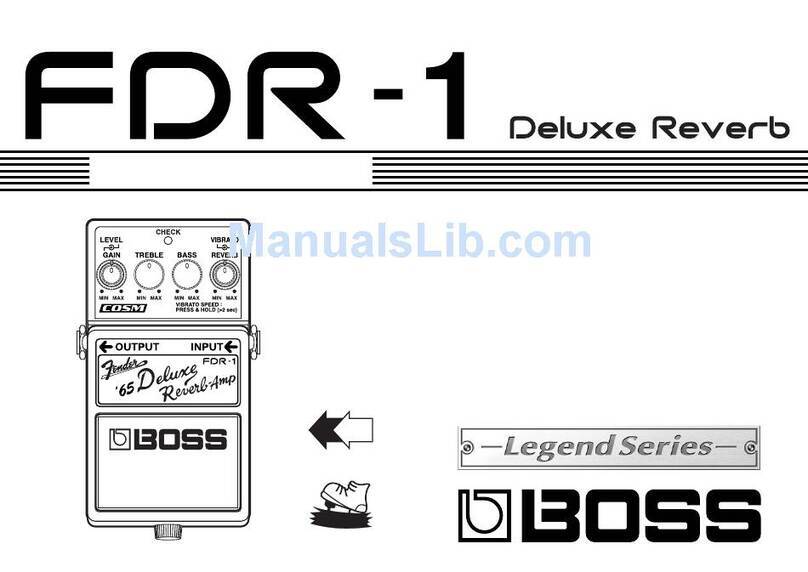
BOSSCO
BOSSCO FDR-1 User manual

BOSSCO
BOSSCO MD500 User manual

BOSSCO
BOSSCO LMB-3 User manual
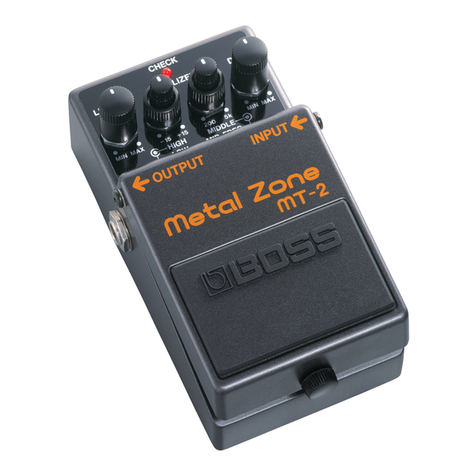
BOSSCO
BOSSCO MT-2 Metal Zone User manual
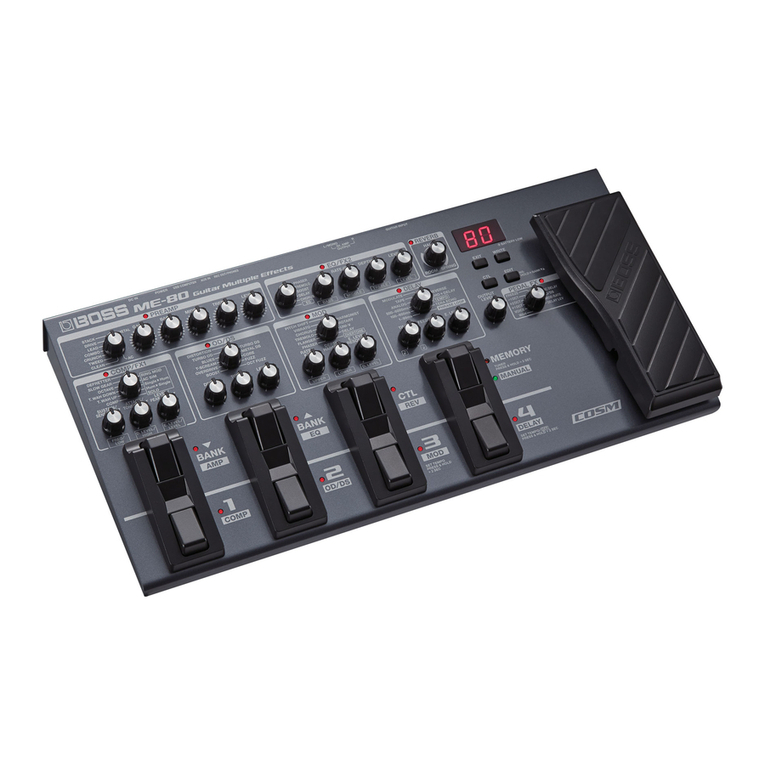
BOSSCO
BOSSCO ME-80 User manual

BOSSCO
BOSSCO FV-300H User manual
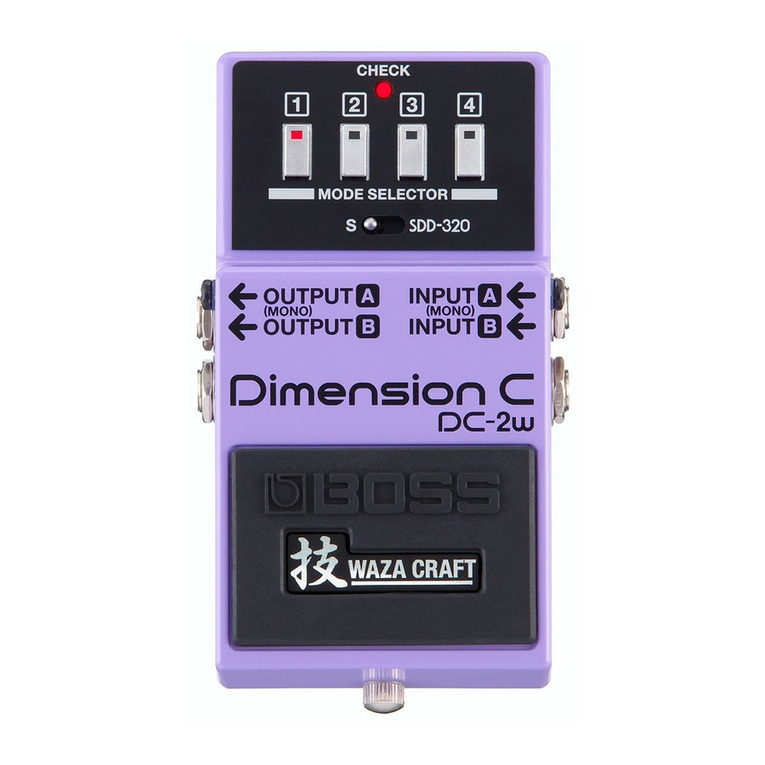
BOSSCO
BOSSCO DC-2 User manual
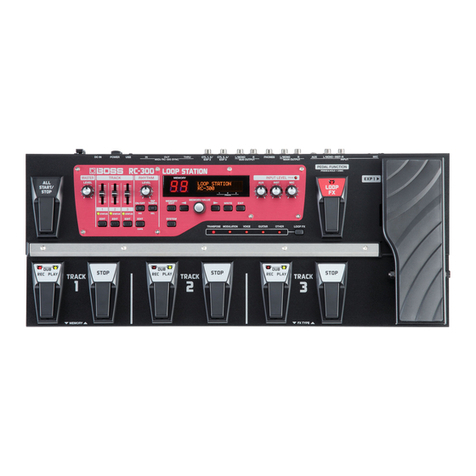
BOSSCO
BOSSCO RC-300 Loop Station User manual
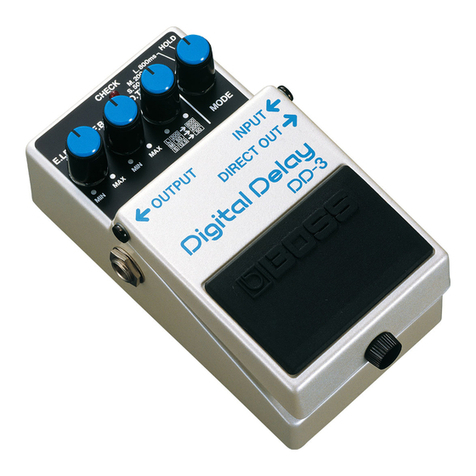
BOSSCO
BOSSCO DD-3 Digital Delay User manual
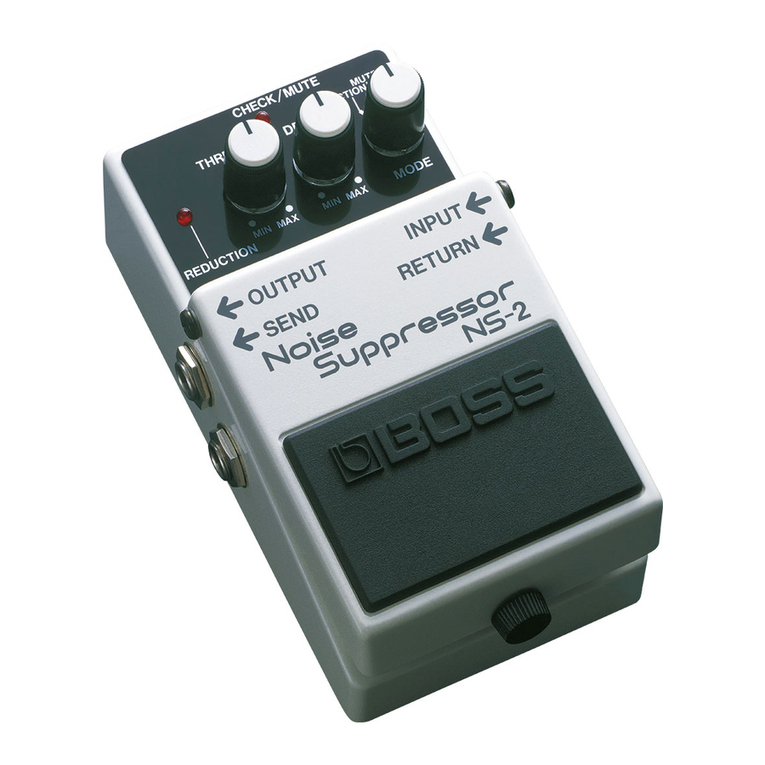
BOSSCO
BOSSCO NS-2 Noise Suppressor User manual

BOSSCO
BOSSCO CS-3 User manual
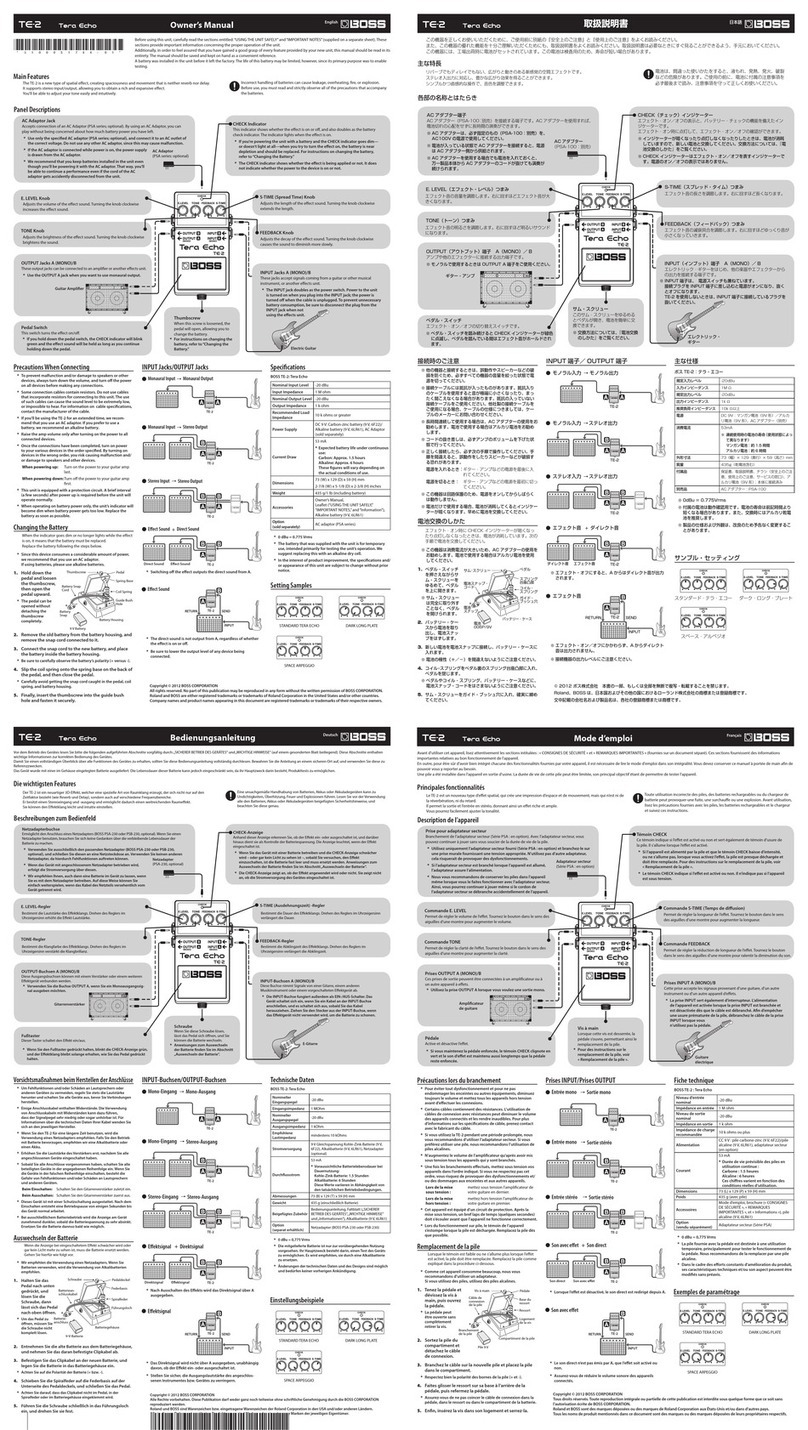
BOSSCO
BOSSCO TE-2 User manual

BOSSCO
BOSSCO GL-100 User manual

BOSSCO
BOSSCO PS-3 Quick start guide
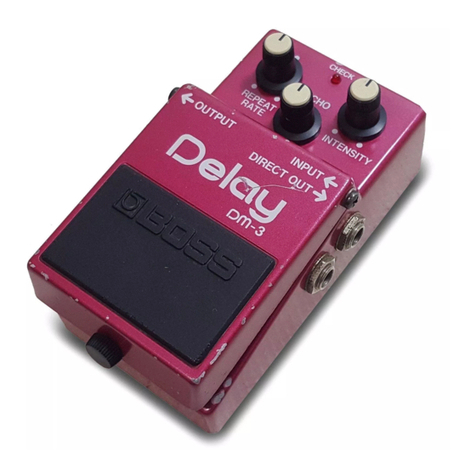
BOSSCO
BOSSCO DM-3 Delay User manual
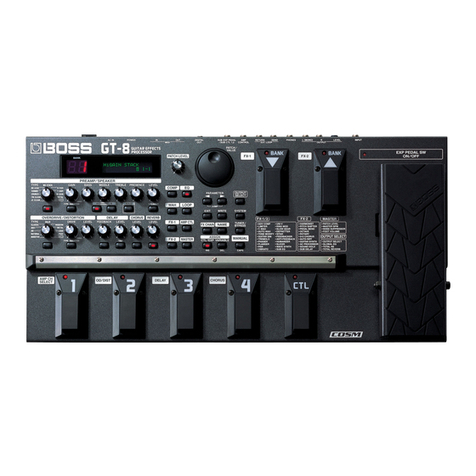
BOSSCO
BOSSCO gt-8 User manual
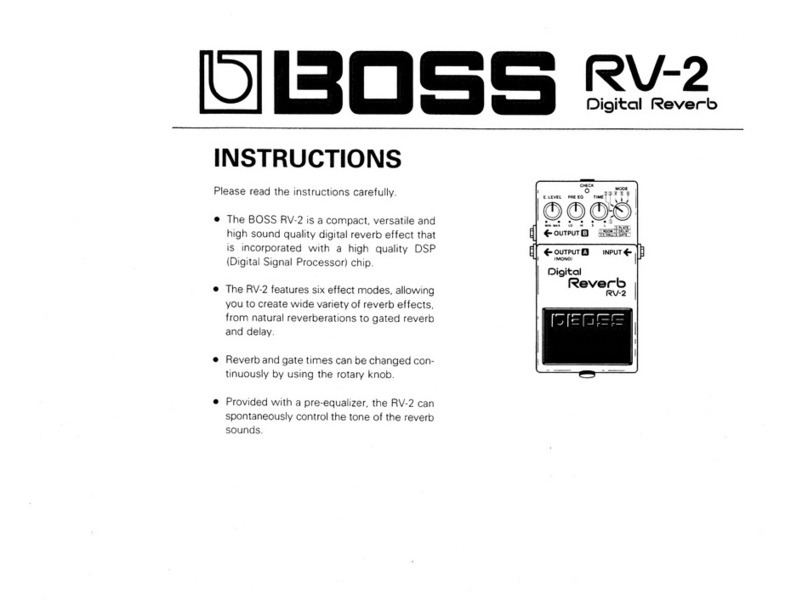
BOSSCO
BOSSCO RV-2 User manual
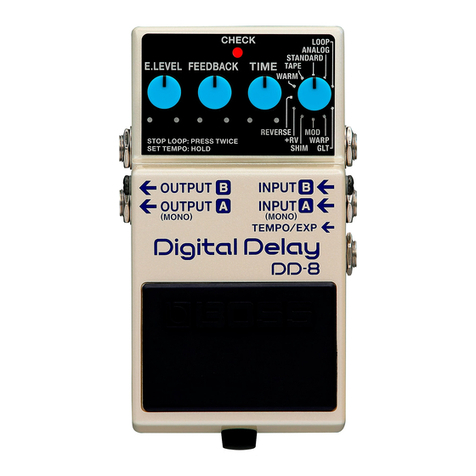
BOSSCO
BOSSCO DD-8 User manual
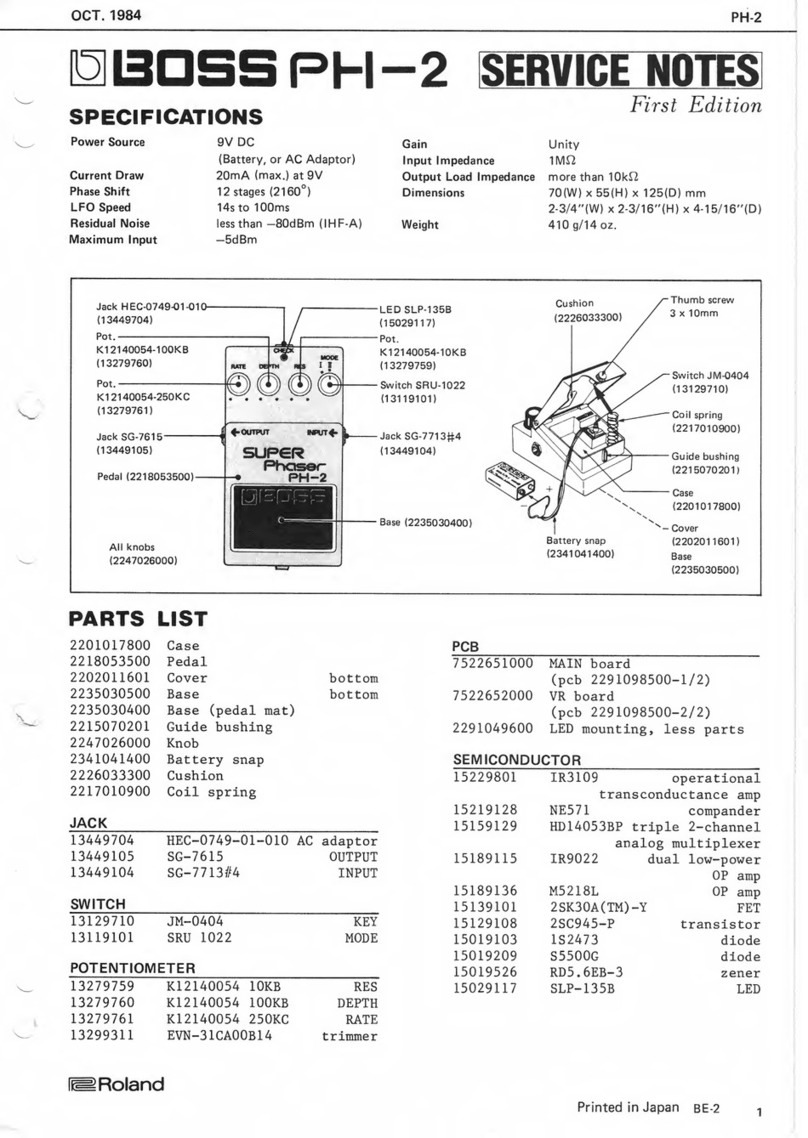
BOSSCO
BOSSCO PH-2 Operating and maintenance manual

